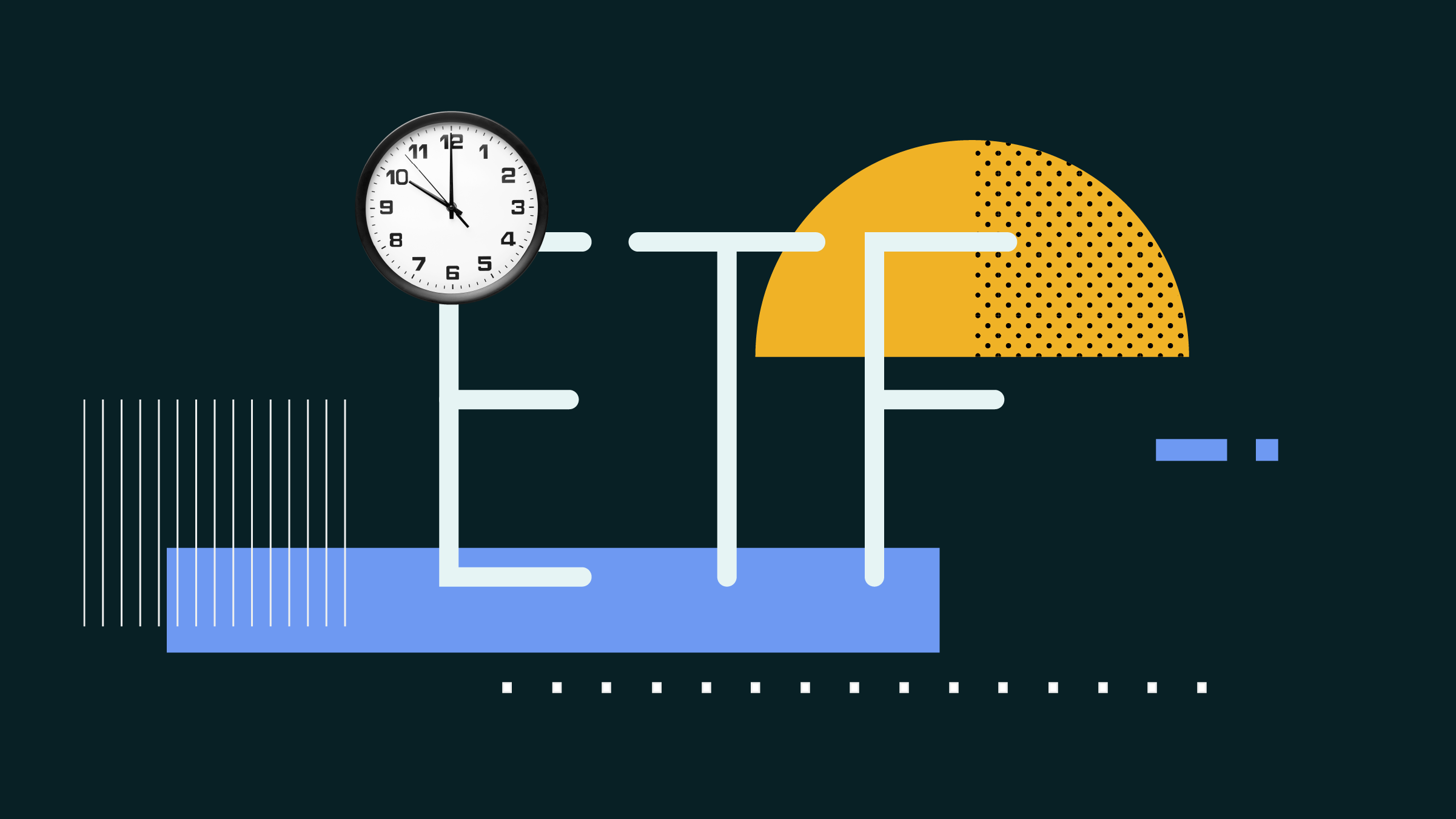
As RRSP season approaches, millions of Canadians will get busy calculating how much they can or should contribute to their plan. However, many are unsure about how to maximize the benefits of this savings vehicle beyond simply depositing cash into it.
Here are five little-known strategies you can follow to improve your RRSP savings game.
Spousal RRSP
Making use of spousal RRSPs can be a strategic move to minimize family taxes in retirement by utilizing income splitting between partners. Spousal RRSPs can play a meaningful role in retirement planning under certain circumstances, offering benefits such as:
- While regular RRSP withdrawals don't qualify for pension income splitting, spousal RRSPs allow income splitting at any time, provided the three-year attribution rule is followed.
- After age 65, the pension income splitting rules allow you to split up to 50% of your RRIF income with your spouse. However, with spousal RRSPs, you can allocate more than 50% of your income to your partner (as long as you have the contribution room) and lower your taxable income.
The Home Buyers’ Plan
First-time home buyers have the option of utilizing the Home Buyers’ Plan (HBP), allowing them to withdraw up to $35,000 tax-free from their RRSP for the purchase of their first home. For couples, that amount is $70,000, effectively doubling the permissible tax-free withdrawal limit. The borrowed amount from the RRSP under this plan must be repaid over 15 years.
Consider the advantage of leveraging 'pre-tax dollars' for your down payment. It becomes even more valuable when you combine your RRSP contribution with other savings, allowing you to shore up a down payment of at least 20% of the purchase price, thus avoiding the need for mortgage loan insurance.
RRSP Excess Contributions
Many savers are unaware that the government allows a lifetime overcontribution limit of $2,000 to RRSPs without imposing a tax penalty. This limit serves as a buffer in case a mistake in contribution calculations violates RRSP rules. Beyond that limit, RRSP overcontributions attract a penalty of 1% tax per month. For that reason, some Canadians prefer to contribute extra funds to their TFSA rather than exceed their overcontribution limit.
While not deductible from your current year’s income, an overcontribution limit of $2,000 nevertheless provides a legitimate way to contribute additional funds to your RRSP where they can grow without immediate tax consequences.
If you still find yourself with overcontributions, they may be deducted in the following year when your actual RRSP contribution is less than the maximum allowed. This is particularly helpful if your cash flow is uneven. You can make the contribution when you have the cash in hand.
Another example where you could consider deducting your $2,000 overcontribution is when you retire: The earned income you have in your final year of employment will entitle you to an RRSP deduction in the following year.
Tight on Cash?
If you're facing a cash crunch, consider making in-kind contributions. This allows investors to transfer qualified investments such as stocks, bonds, or mutual funds from a nonregistered investment account to their RRSP. Keep in mind, though, that for tax purposes, these securities will be considered disposed of, potentially incurring capital gains tax. It's important to verify the cost base of these assets; while any gains will be taxable upon transfer, losses won't be deductible.
As well, think twice before transferring a security at a loss. Unless the loss is very small, consider selling the security and contributing cash proceeds to your RRSP. If you do intend to sell, and plan to purchase the same shares in a registered account, avoid doing so for a period of 30 days prior or after the sale. Failing to do so would trigger a superficial loss, a rule that will prevent you from taking advantage of your capital losses for tax purposes.
Back to School
Funds in your RRSP can be used to finance your or your spouse’s education under the Lifelong Learning Plan (LLP), much the same way as the Home Buyer’s Plan.
As long as you, or your spouse, are enrolled on a full-time basis, you can withdraw up to $10,000 per calendar year, to a maximum of $20,000 tax-free (over a period of no more than four years) from your RRSP. The money borrowed under LLP must be repaid to your RRSP over a period not exceeding 10 years.
OAS and Clawback
Qualified Canadians aged 65 and over are entitled to a supplemental income benefit called the Old Age Security (OAS). The OAS program provides additional income to supplement retirees’ income from other sources including CPP, RRSPs, and others.
However, seniors must pay back all or a portion of their OAS if their annual income exceeds a certain amount. That threshold, which changes periodically, is set for $90,997 for 2024. If your annual retirement income exceeds that amount, you will have to pay a 15% tax on the surplus.
Some ways to avoid OAS clawback include:
- Withdraw RRSPs before turning 65. If you expect your retirement income to exceed the OAS clawback threshold, it may be prudent to draw down your RRSP to lower your annual income before OAS kicks in.
- Consider taking advantage of income splitting. If you are close to the OAS clawback threshold, you may want to split your pension with your spouse, thus effectively lowering your taxable income.
- Put off OAS payments. Government allows you for to defer your OAS payments until age 70. This is particularly helpful for those who are likely to hit the clawback threshold between ages 65 and 70.
- TFSA can also help protect again OAS clawback. Money withdrawn from a TFSA is not considered taxable income. This means it doesn’t count towards your net global income, which is used to determine the OAS clawback suitability. Further, investment income earned inside the TFSA are tax-free and are not counted toward the net income. This can be valuable for someone who is at or near the OAS clawback threshold.
Finally, it’s always a good idea to consult a financial expert to determine the suitability of these strategies for your individual financial circumstances.





:quality(80)/cloudfront-us-east-1.images.arcpublishing.com/morningstar/6ZMXY4RCRNEADPDWYQVTTWALWM.jpg)
:quality(80)/cloudfront-us-east-1.images.arcpublishing.com/morningstar/UEGBDMVEKZHSPOTU7BXUZMQEQA.jpg)













